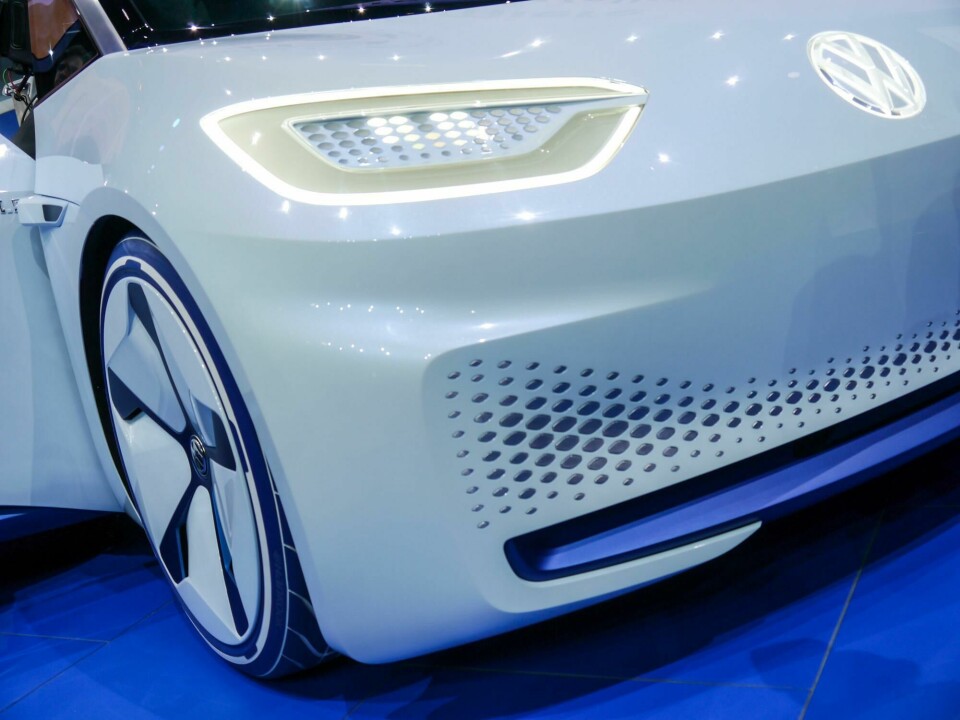
Paris 2016: Is the Volkswagen ID a missed opportunity?
VW’s electric-only design language promises much, but does it deliver?
In the official ID press release, VW quotes head of design, Klaus Bischoff, as saying “We had the unique opportunity to guide Volkswagen into a new era, and with the ID we have taken this opportunity.” However, having seen the car for ourselves, we’re not so sure.

The ID very much represents revolution on VW’s terms, in that it’s clearly identifiable with what it produces now – a car similar to this is due in 2020, so the small hop in design terms is understandable. Its clean, crisp shoulderline is very familiar, as is the impressive precision of the crease that runs down the rear edge of the C-pillar.

Likewise, although the lamps feature new LED tech, and the lower mask is devoid of intakes, the overall form of the lamp units and the C-shaped indentations in the mask that mirror the DRLs on the firm’s current Golf GTE, aren’t exactly what you’d call progress.

To be fair, the strategy here clearly mirrors that of the smartphones, which, when switched off, look dull – it’s only when they’re working that they hold the big appeal. Here, the lamps introduce a new lighting signature for EVs that appears well resolved, including roof-mounted LEDs that tell other road users what mode the car is being driven in.

The proportions of the ID are a little different. With no ICE to worry about, the ID features a Passat-rivalling wheelbase, despite being 155mm shorter than a Golf; a fact that’s highlighted by the concept’s 20-inch wheels wrapped in blue Hankook tyres.

There’s a clear emphasis on extra space in the cabin, too. The B-pillars are gone, as are the centre stack and console. The car’s driving functions, including capacitive buttons for gear selections, now sit on the lower edge of the steering wheel rim. The wheel recesses into the IP in autonomous mode, or extends out telescopically to allow the driver to control the car for themselves.

The seats also move around, maximising the use of space. However, it’s hard not to see this car simply offering what the Honda Jazz already does now, with its Magic rear seats, just for a slightly different generation.

As we’ve come to expect from a Volkswagen concept, the execution is very impressive. We just would have liked the car to have represented the big opportunity for the designers that was promised.



